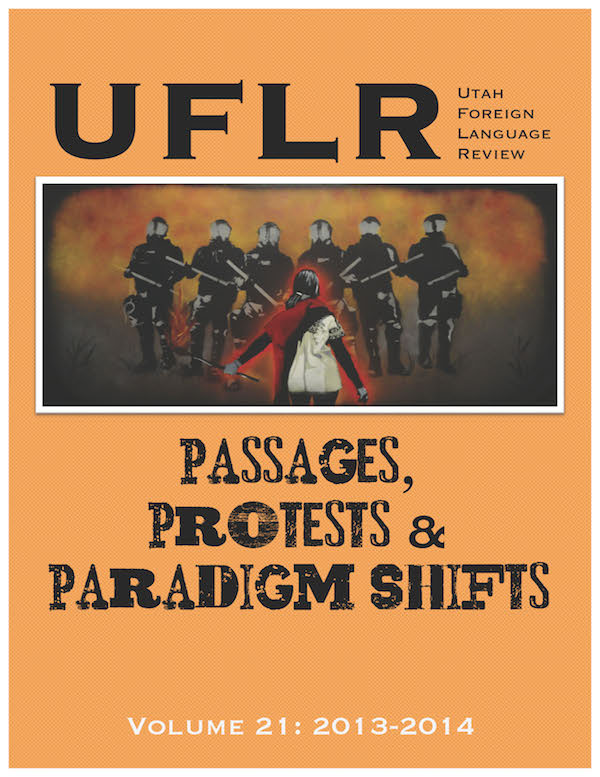Birth of the Militant Queer Identity: Analyzing “The Woman-Identified Woman” and “Queers Read This”
Abstract
Manifesto texts have been credited by scholars for aiding social movement groups in articulating various issues, creating cohesion among membership, and mapping out a path towards a successful future. Yet while much attention has been given to the movements that these texts represent, not as much study has been devoted towards examining manifesto texts themselves, particularly ones representing queer communities in the United States. Subsequently, there’s been little research as to whether queer social movement manifestos exhibit similar patterns of style or rhetorical invention, regardless of context. To address this scholarly gap, this essay exams two modern queer manifestos: The Lavender Menace’s 1970 “Woman-Identified Woman” and Queer Nation’s 1990 “Queers Read This.” The goal of exploring reoccurring patterns within these manifestos is not for mere classification, but rather twofold: first, to reveal similar cultural cycles of oppression and resistance in the relationship between dominant and marginalized communities, particularly as it relates to sexuality; and second, to recover rhetorically rich artifacts that can contribute to building a queer collective memory.Keywords
UFLR is released under a Creative Commons Attribution-NoDerivs 3.0 Unported License:
Attribution — You must attribute the work in the manner specified by the author or licensor (but not in any way that suggests that they endorse you or your use of the work).
No Derivative Works — You may not alter, transform, or build upon this work.
For more information on the Creative Commons Attribution-NoDerivs 3.0 Unported License, please visit: http://creativecommons.org/licenses/by-nd/3.0/
UFLR does not retain any copyright to the authors' original work. As per the Creative Commons Attribution-NoDerivs 3.0 Unported License, you may may use portions of the articles published herein with proper attribution as published in UFLR. As UFLR does not retain the copyright to the author's original work, anyone interested in republishing or altering the original work in any way must contact the author or indicated right holder directly for permission.



